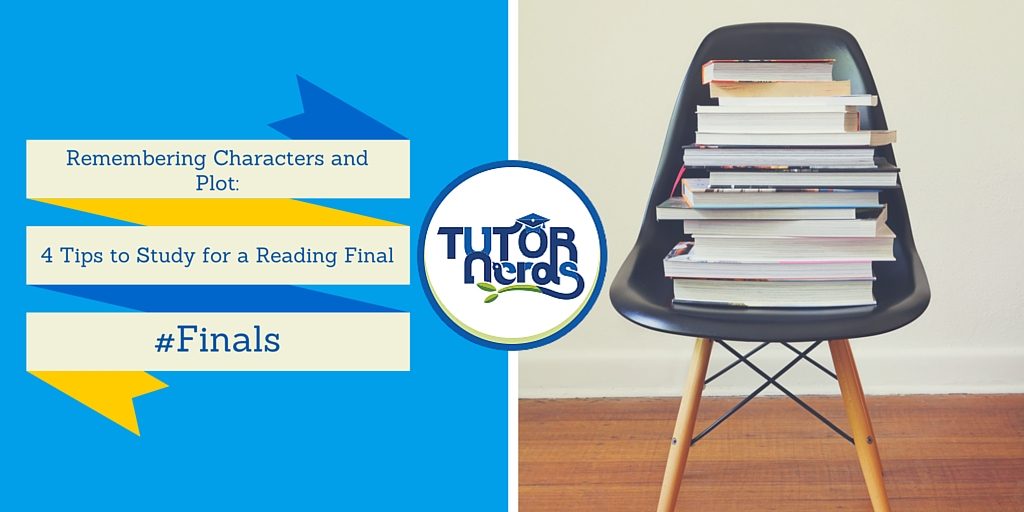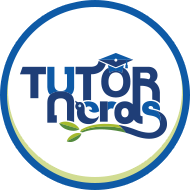Remembering Characters and Plot: 4 Tips to Study for a Reading Final


Students in all grade levels are likely to have a reading element as part of their English final exam. It’s important for students to be able to remember the various elements of the novels they are to be tested on, especially if they need to write an essay or response as part of their examination process. Unfortunately, because students study so many things simultaneously, they may not remember a book they read earlier in the semester. Additionally, if a student wasn’t interested in the particular novel but was only reading it for academic purposes; they may not have fully comprehended the various aspects of character development. One of the best ways for a reader to relate to characters is to find something in common with them. However, many historical characters don’t have obvious common elements with today’s students. Nonetheless, there are still plenty of ways students can remember plot line and character development so they can ace those finals – score high on your reading final with the help of a private Irvine tutor from TutorNerds.
Attempting to study character development, setting, plot, and details of a novel simultaneously can become seriously overwhelming. It’s better if students start with either plot or the main characters. Many students start out studying two or three important characters so they can see how they interact when they review the plot later on. Learning about the protagonist or antagonist first can be extremely helpful and once a student has a handle on this they can see how these characters move through the story. If the setting is an important part of character development, students can also see how characters react to various parts of the setting.
Some novels are written in a linear format, meaning that something happens first, second, third and so on. These are the simplest types of novels to comprehend. Students in middle and high school will also be asked to deal with complicated plot lines that either deal with flashbacks, merging storylines, multiple narrators, or twists and turns. Although these types of novels can be more interesting in many ways, they’re also more difficult to review. If necessary, students are encouraged to create a simplified plot summary as part of their study guide so they can remember what happened in each chapter of the story. After students have conquered this element, they can go back and study the most complicated flashbacks or twists.
Another great way for students to remember important parts of character development is to summarize how different characters relate to each other. It’s important to know how the protagonist reacts to the antagonist, how they relate to secondary characters, and how they react to plot elements or the setting. Students can even create a character tree, just like a family tree, where they discover who is related, who gets along, who the nemesis is, and so on. Depending on a student’s preferred learning style they can either write a paragraph summary or create an actual visual character tree (READ: Decoding Literature: Plain English Please).
It’s also a good idea for students to figure out which elements of a plot are crucial and which simply move the story forward. For instance, if a natural disaster changes the lives of many characters then this particular chapter should receive a heavier focus. If a character is in conflict and needs to make an important decision, something in the plot might change as a result. If students are having difficulty picking out important elements of the plot they can speak with their classroom teacher, tutor, or refer to the many great online study tools available.
It’s not too late to book your Irvine reading tutor. Call us today for more information.
100% Satisfaction Guarantee
You’ll love your tutor, or you don’t pay.

We will evaluate your situation and answer any questions. We will then individually match you with one of our tutors. Your tutor will recommend the best strategies for you based on your goals. You’ll work with the same tutor ongoing and you can schedule directly with your tutor.
100% Satisfaction Guarantee – You’ll love your tutor, or you don’t pay
| Cookie | Duration | Description |
|---|---|---|
| cookielawinfo-checkbox-analytics | 11 months | This cookie is set by GDPR Cookie Consent plugin. The cookie is used to store the user consent for the cookies in the category "Analytics". |
| cookielawinfo-checkbox-functional | 11 months | The cookie is set by GDPR cookie consent to record the user consent for the cookies in the category "Functional". |
| cookielawinfo-checkbox-necessary | 11 months | This cookie is set by GDPR Cookie Consent plugin. The cookies is used to store the user consent for the cookies in the category "Necessary". |
| cookielawinfo-checkbox-others | 11 months | This cookie is set by GDPR Cookie Consent plugin. The cookie is used to store the user consent for the cookies in the category "Other. |
| cookielawinfo-checkbox-performance | 11 months | This cookie is set by GDPR Cookie Consent plugin. The cookie is used to store the user consent for the cookies in the category "Performance". |
| viewed_cookie_policy | 11 months | The cookie is set by the GDPR Cookie Consent plugin and is used to store whether or not user has consented to the use of cookies. It does not store any personal data. |

